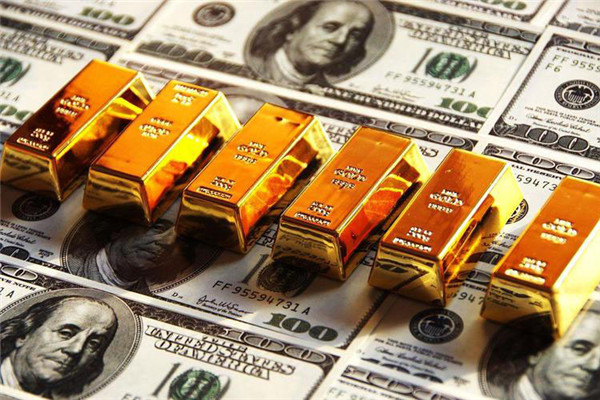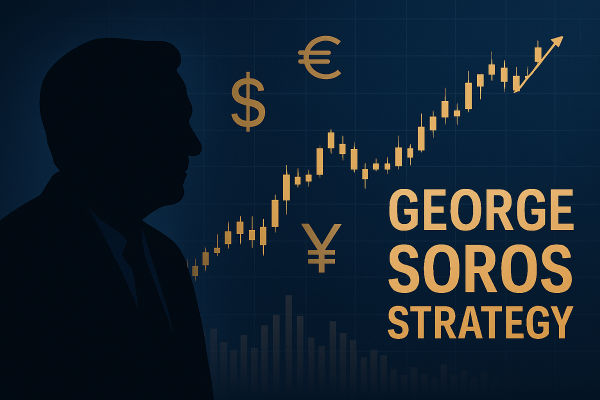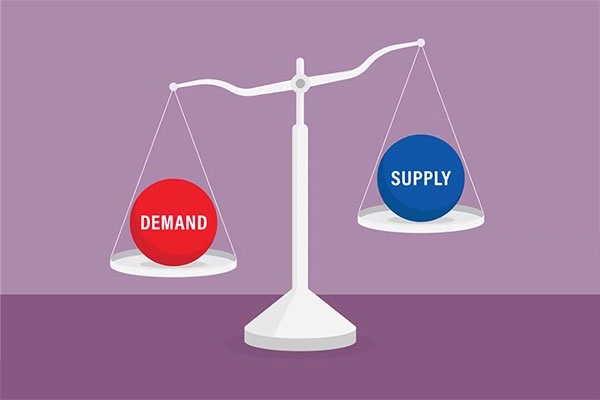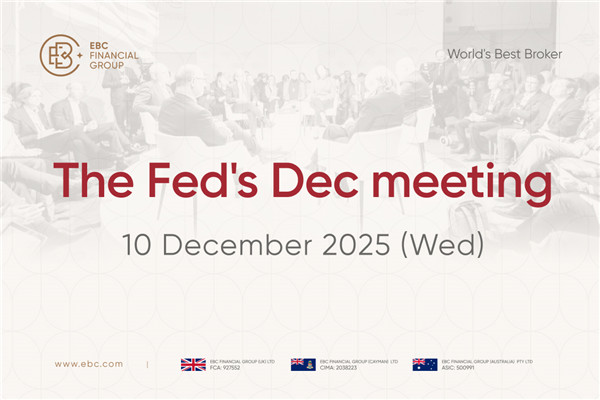Many changes in the market can affect investors' decisions. The opposite
theory has become very popular in recent times. The basic point of the opposite
theory is that investment buying and selling decisions are based on the behavior
of the masses. It points out that whether it is the stock market or other
investments, when everyone is optimistic, the bull market has already peaked.
When others are bearish, the bear market has already bottomed out. Buffett, the
richest man, also said that when others are greedy, I am afraid, and when others
are afraid, I am greedy. This is actually a direct reflection of the opposite
theory.
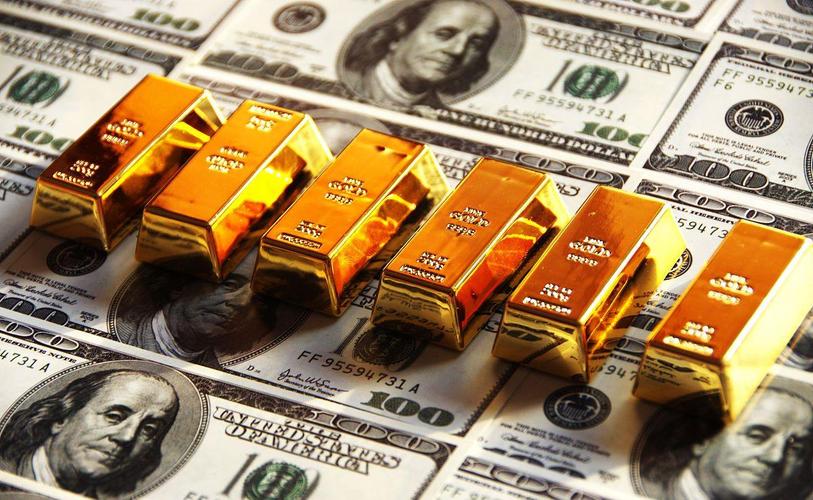
The opposite theory suggests that when the market is generally bullish,
investors should consider selling, while when the market is generally bearish,
investors should consider buying. For Gold as an investment, the impact of the
opposite theory is more complex.
The opposite theory is not simply summarized as "most people are bullish; we
need to be bearish" or "when the public is bearish, we need to be bullish". On
the contrary, the theory takes into account the trends in the proportion of
those who are bullish to those who are bearish, which is a dynamic concept.
Moreover, the opposite theory does not necessarily mean that the public is
wrong, as they usually see the main trend correctly. When most people are
bullish, the bullish sentiment will evolve into substantial purchasing power,
driving the market up, and this trend will continue for a long time. The market
will not change until everyone is bullish, and supply and demand have already
become imbalanced.
On the contrary, theory has found from actual market research that only 5% of
people make big money, while the other 95% are losers. Therefore, to be a
winner, one needs to go against the thoughts of the masses and not blindly
follow the same trend. The argument for the opposite theory is that in the early
stages of the market transition from a bull market to a bear market, everyone is
optimistic and believes that prices will continue to rise until all the
investors who want to buy have already bought and the funds are unsustainable.
The bull market will naturally end, according to all the bullish voices.
When the market is bullish, investors generally choose to purchase assets
such as stocks and bonds, and the demand for gold will correspondingly decrease,
leading to a decline in gold prices. Therefore, the opposite theory has a
negative impact on Gold as an investment.
However, when the market is bearish, investors will choose safe-haven assets
such as gold and the US dollar, leading to an increase in gold prices.
Therefore, when the market is bearish, the opposite theory has a positive impact
on Gold as an investment.
In general, the impact of the opposite theory on Gold as an investment is
determined by market conditions. Investors need to decide whether to adopt the
opposite theory for Gold as an investment according to the Market trend and
their own investment strategy.
